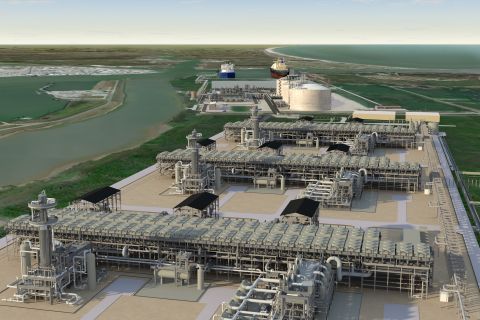
The wheels on the U.S. shale boom are coming to a screeching halt as sharp declines in rigs across the plays are just beginning to be felt.
Shale oil output in the U.S. is expected to post the slowest growth in more than four years in April, the Energy Information Administration (EIA) said in a March 9 report.
Focusing on the seven most prolific shale plays, the EIA estimates oil production will rise to 5.6 million barrels a day (MMbbl/d) in April. This increase over March of less than 300 bbl/d would be the smallest projected since February 2011.
Oil production from the two biggest shale plays is expected to decline in April. Eagle Ford production will drop 10 Mbbl/d, while Bakken production will be down by 8 Mbbl/d.
Production in the Niobrara Shale will shrink as well in April, falling by 5 Mbbl/d.
Offsetting the declines, production in the Permian Basin is projected to grow 21 Mbbl/d in April.
The Eagle Ford maintained drilling levels longer than other basins, but the downturn arrived in force during the first quarter of 2015, according to a Hart Energy Market Intelligence report.
The report said some operators on long-term contracts are finding it cheaper to stack a rig and pay the original rig rate rather than add new wells. Others are buying out contracts and letting rigs go, or negotiating to extend the term at lower pricing.
Contractors expect rig rates to drop another 20% during the next 90 days as rigs stack out in the Eagle Ford.
In the Bakken, pressure pumping contractors think activity levels have bottomed in the play, another Hart Energy Market Intelligence report said. Contractors are now at cash cost and stacking out equipment or letting crews go in the play.
Recommended Reading
What's Affecting Oil Prices This Week? (April 29, 2024)
2024-04-29 - Stratas Advisors says even with the reported drawdown in U.S. crude inventories, the price of Brent crude oil remains below the upward channel that had been in place since January of this year.
Hedge Funds Retreat from Oil as War Risk Fades: Kemp
2024-04-29 - Hedge funds and other money managers sold the equivalent of 95 MMbbl in the six most important petroleum futures and options contracts over the seven days ending on April 23.
Exxon’s Guyana Gas Project a “Win-Win,” Set for Hook-up by Year-end ‘24
2024-04-28 - Exxon Mobil Corp. CEO Darren Woods said the company’s gas-to-power project in Guyana is a “win-win proposition particularly for the people of Guyana” when completed and hooked-up by year-end 2024.
Segrist: The LNG Pause and a Big, Dumb Question
2024-04-25 - In trying to understand the White House’s decision to pause LNG export permits and wondering if it’s just a red herring, one big, dumb question must be asked.
Texas LNG Export Plant Signs Additional Offtake Deal With EQT
2024-04-23 - Glenfarne Group LLC's proposed Texas LNG export plant in Brownsville has signed an additional tolling agreement with EQT Corp. to provide natural gas liquefaction services of an additional 1.5 mtpa over 20 years.



